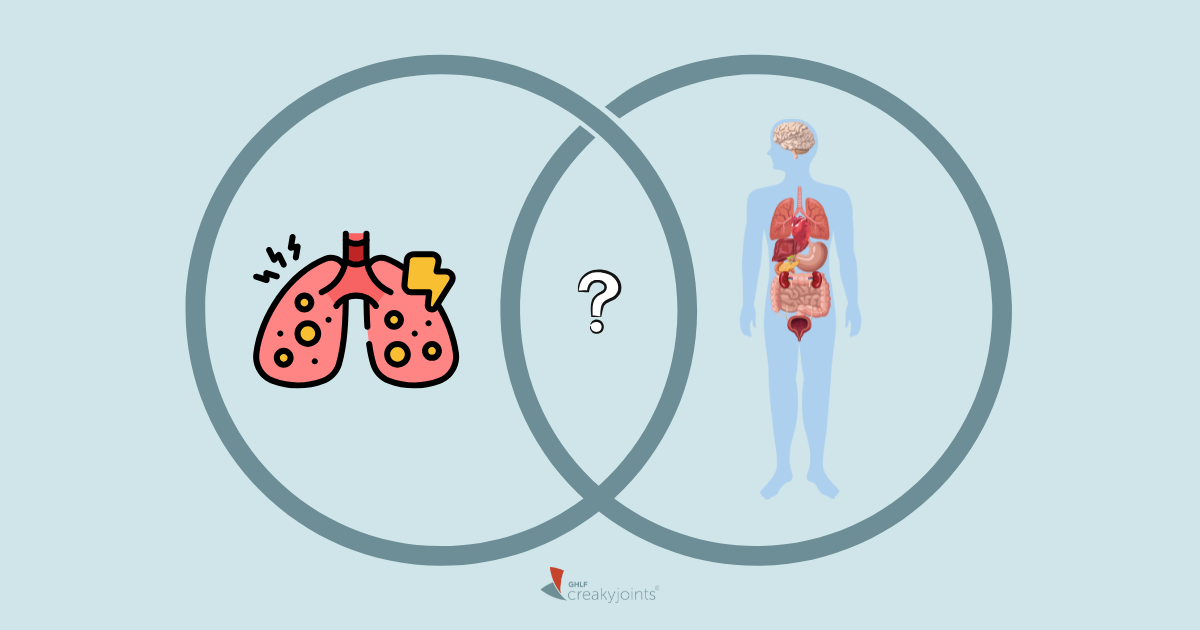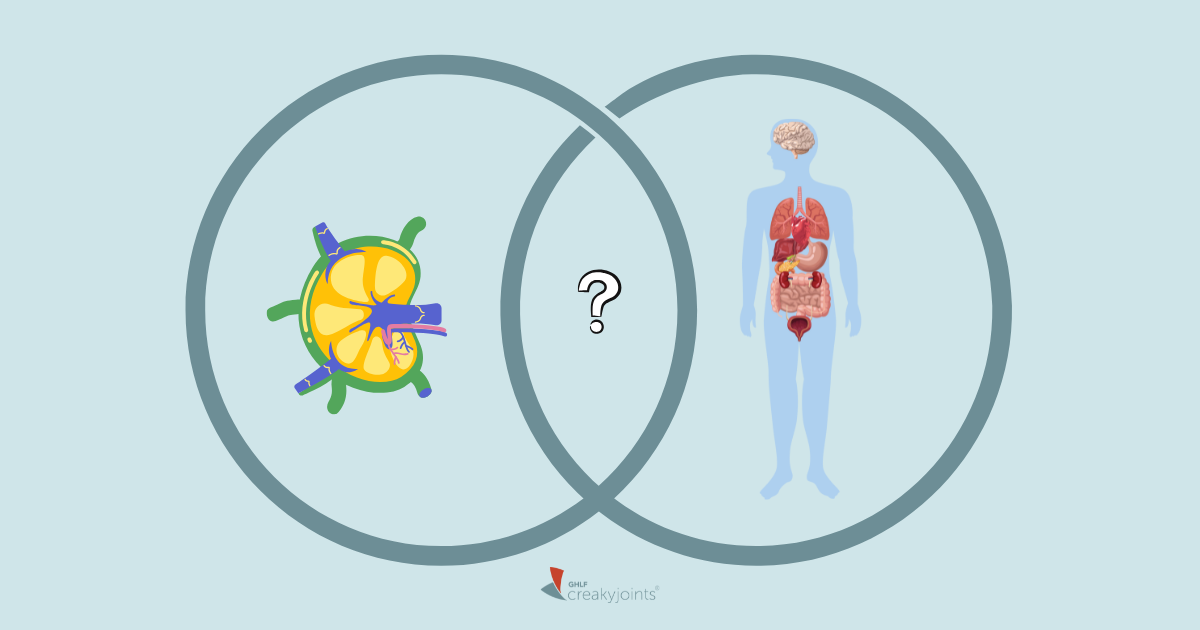Sometimes old-fashioned home remedies are just what the doctor ordered. Take using ice or heat for joint pain, for example. When your knee or your shoulder feels stiff, sore, or has a burning sensation, cooling down or warming up the affected area (in conjunction with medications, physical therapy, and exercise) can help provide relief.
“It’s more of symptomatic relief,” says Nilanjana Bose, MD, a board-certified rheumatologist with the Rheumatology Center of Houston. “The pain may remain but because [the heat or ice therapy] gives symptomatic relief, over time that will help, in conjunction with other medicines, heal the area.”
But knowing when to use ice and when to use heat for pain relief can be confusing, especially if you’re dealing with an ache or issue that you’ve never dealt with before. Although you should see a health care provider if you’re experiencing consistent pain, it’s helpful to know what treatments can help provide immediate relief, especially if you aren’t able to see your doctor right away.
So, the question remains: when should you use ice versus heat to ease joint pain? Well, it mostly depends on the cause and type of joint pain you’re experiencing, though personal preferences matter, too. After all, nobody knows your own body like you do.
Below, we provide information on when to use heat or ice for joint pain relief, as well as some tips to make your treatment more effective.
What Are Heat and Ice Therapy?
Simply put, heat therapy and ice therapy — also known as ‘thermal therapy’ — mean applying something hot or cold to an affected area, which can affect how your body responds to pain, stiffness, and other arthritis symptoms.
Many arthritis patients swear by both heat and ice as part of their treatment plan — whether for osteoarthritis, which is “wear and tear” to a joint that occurs when the cartilage breaks down, or inflammatory types of arthritis, which is when inflammatory chemicals from an overactive immune attack the joint. (This category includes such conditions as rheumatoid arthritis, psoriatic arthritis, axial spondyloarthritis.)
For Eddie A., who has psoriatic arthritis, warm baths are a go-to part of his self-care routine. In fact, before he was diagnosed with PsA, he would find himself needing to sit in the tub for 30 to 45 minutes each morning before work “just to loosen up my hands,” he recalls.
“Heat and ice are everything for me,” Deanna K., who also has psoriatic arthritis, told CreakyJoints.
In its latest treatment guidelines for the management of osteoarthritis, the American College of Rheumatology “conditionally recommends” thermal interventions (aka, heat or ice therapy) for osteoarthritis in the knee, hip, or hand, for example. (Conditional means that the evidence is mixed or of lower quality.) In other words, there’s likely little harm in trying it, but it’s not a magic bullet.
Even though heat and cold are opposites, they can both reduce inflammation and ease pain and stiffness around the joints. They do so in different ways and may have different uses. That said, there is little scientific research on when to use one form over another.
“There’s really not much science to it as there is more intuition and experience,” Dr. Bose says. “Patients, for the most part, know what makes their joints or muscles feel good,” she says. Still, what evidence there is shows that patients experience pain relief from both methods.
When to Use Heat vs. Ice
Conventional wisdom (and googling) says this:
- Cold therapy reduces blood flow to the area, which can decrease swelling and inflammation. This can be especially soothing if you have an acute injury — say, your joints hurt worse than usual because you were gardening all weekend.
- Heat therapy increases blood flow to the area, which helps blood vessels dilate, drawing in more oxygen and nutrients. This can be especially soothing for stiff joints, especially for people who experience morning stiffness because of arthritis.
As this Cleveland Clinic article says, “for an acute injury, such as a pulled muscle or injured tendon, the usual recommendation is to start by applying ice to reduce inflammation and dull pain. Once inflammation has gone down, heat can be used to ease stiffness.”
“If you’re choosing between ice and heat, for the most part, it really just depends on what type of problem you’re dealing with,” says Brett Smith, DO, a rheumatologist at Blount Memorial Physicians Group in Alcoa, Tennessee. “You’re trying to get the opposite effect of what’s going on. If you’re physically swollen, you want to try and cool that [area] down to allow you to have less pain. If you’re not physically swollen, then you’re trying to heat it up to increase blood flow to help with the healing process.”
Both ice and heat therapy may decrease the transmission of pain signals to the brain, which can also help with pain relief.
Keep in mind there are no hard-and-fast rules about when to use ice or heat therapy for arthritis-related pain. If you prefer one over another, use what feels best for you.
Using Ice and Cold Therapy for Joint Pain
When to Use Ice for Joint Pain
For the most part, ice is appropriate to use within 48 hours of an acute injury or a flare-up of joint pain that comes with inflammation, experts explain. Examples include tendinitis, bursitis, soft tissue injuries, and inflamed joints, Dr. Bose says.
How to Use Ice for Joint Pain
The rule of thumb for icing down an inflamed area is up to 10 minutes on, followed by about 10 minutes off, several times if needed. Don’t put ice or a cold pack directly on the skin, unless the cold pack has a built-in barrier, to prevent skin damage. (This also prevents a wet mess, Dr. Smith notes.) Pay attention to how your body is responding to the cold. “Listen to your body,” Dr. Bose says. “I tell my patients: Use an ice pack, put it on the knee, and once it starts getting uncomfortable, give it a break.”
Types of Ice Therapy
You have a lot of options when it comes to icing a joint. At-home solutions like filling a plastic bag with ice cubes and a little water, using a bag of frozen vegetables, or putting a damp towel in the freezer are time-tested for a reason. You can purchase gel packs and other types of cold packs at drugstores or supermarkets. Whatever method you choose, use something large enough to cover the whole area where the pain is located, Dr. Smith says.
Safety with Ice Therapy
Most people’s bodies will tell them when they’re too cold, says Rosa Elena Torres-Panchame, PT, DPT, a doctor of physical therapy and professor at St. John’s University in Jamaica, New York. People who have neuropathy or another condition that makes them less sensitive to temperature changes should take extra care because leaving the ice in place for too long can cause frostbite, she says.
When to Use Heat for Joint Pain
Heat tends to be more beneficial for the types of everyday joint pain, such as stiffness, that people with arthritis experience. You can use dry heat, like from a heating pad, or moist heat, like from a moist towel warmed up in the microwave for 20 to 60 seconds. Moist heat tends to transfer through the skin more quickly and efficiently, Dr. Torres-Panchame says.
How to Use Heat for Joint Pain
As a guideline, don’t apply heat to an area of your body for more than 20 minutes at a time or you could risk burning your skin. As with ice, don’t put a heated object on your skin without some kind of protective barrier, like a cloth or towel. Heat also can follow ice therapy once the cold brings down swelling and inflammation, Dr. Torres-Panchame says.
As with ice, being careful and attentive is important to prevent injury. “If something feels too warm, then probably it’s too warm,” Dr. Bose says. “So the temperature needs to be comfortable, ideally, not too hot, because it can burn your skin.”
Types of Heat Therapy
Simple, do-it-yourself methods, like using a microwaved moist towel or taking a warm bath or shower, work well. Hot water bottles and reusable and disposable heating pads are easily purchased, and some are specially designed for moist heat. If you have pain in your hands or wrists, paraffin wax baths may be especially soothing. Eddie A. swears by his paraffin wax machine. “It’s a great way keep heat on you for a little while — and then your hands are lovely and smooth afterward,” he says.
Safety with Heat Therapy
Check your skin after five minutes to make sure there are no signs of burns and check again a few times while using heat, Dr. Torres-Panchame says. “If you start seeing blisters forming, that is too hot. You need to remove the heat or else you can cause skin damage,” she said.
This is especially important for people who have neuropathy or any other condition that makes them less sensitive to touch and temperature.
Patients who don’t respond to heat therapy may want to talk to a doctor about seeing a physical therapist, who can use professional-grade devices to deliver higher levels of heat in a supervised setting, she says.
How Often Should I Use Ice or Heat for Joint Pain?
As long as you’re being smart about which therapy you use and careful about how to use it, Dr. Torres-Panchame says they are “okay to use repetitively throughout the day.”
It doesn’t need to be a formal “sit-on-the-couch-with-your-leg-up” type of treatment. You may find you’re already benefitting from thermal therapy without even realizing it. If taking a hot shower or bath every morning is very soothing to your joints, then you’re already reaping the benefits of heat therapy.
Other patients say that washing their hands with hotter-than-usual water is a quick way to sooth their hands throughout the day. Some people report that they actually like washing dishes after meals because it’s an easy way to use heat therapy.
When Should I Seek Medical Attention?
While ice and heat therapy are a good way to give yourself some regular low-effort pain relief — and can be a regular and important part of your self-care toolkit — it’s a good idea to call your doctor if you experience new or worsening joint pain.
This includes situations in which ice or heat previously worked well enough to relive your symptoms but doesn’t anymore, Dr. Bose says. “If you’re not getting relief, it should trigger a warning bell,” she says. “Maybe there’s something deeper inside, or this might need more systemic treatment rather than topical.”
These symptoms might mean your medications and other therapies aren’t working as well as they’re supposed to. It could indicate that your arthritis is progressing, Dr. Bose says. Either way, it’s better to know.
Track Your Symptoms with ArthritisPower.
Join CreakyJoints’ patient-centered research registry and track symptoms like fatigue and pain. Learn more and sign up here.
Brosseau L, et al. Thermotherapy for treatment of osteoarthritis. Cochrane Reviews. October 20, 2003. doi: https://doi.org/10.1002/14651858.CD004522.
Deal C. What’s Better for Soothing Arthritis Pain? Ice or Heat?. Cleveland Clinic. January 28, 2019. https://health.clevelandclinic.org/whats-better-for-soothing-arthritis-pain-ice-or-heat/.
Heat therapy for rheumatoid arthritis. Harvard Health Publishing. https://www.health.harvard.edu/alternative-and-complementary-medicine/heat-therapy-for-rheumatoid-arthritis.
Interview with Brett Smith, DO, a rheumatologist at Blount Memorial Physicians Group in Alcoa, Tennessee
Interview with Nilanjana Bose, MD, a board-certified rheumatologist with the Rheumatology Center of Houston
Interview with Rosa Elena Torres-Panchame, a doctor of physical therapy and professor at St. John’s University in Jamaica, New York
Kolasinski SL, et al. 2019 American College of Rheumatology/Arthritis Foundation Guideline for the Management of Osteoarthritis of the Hand, Hip, and Knee. Arthritis Care and Research. February 2020. doi: https://doi.org/10.1002/acr.24131.
If you enjoyed reading this article, you’ll love what our video has to offer.






